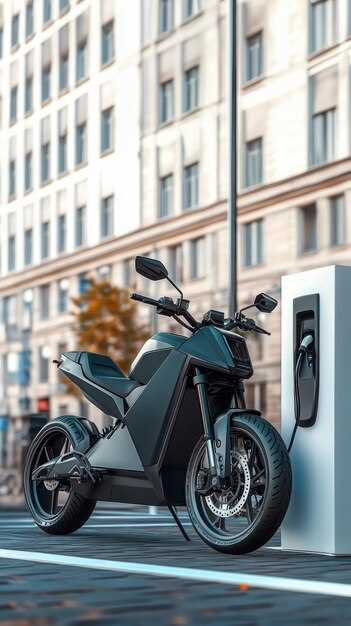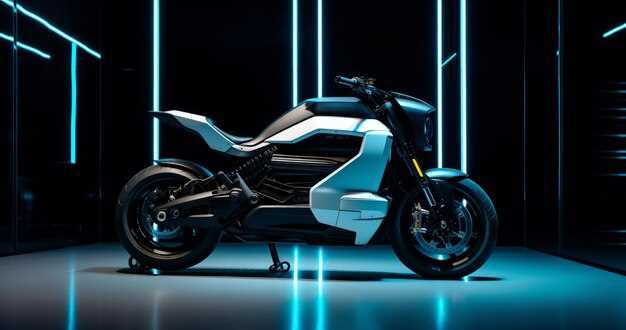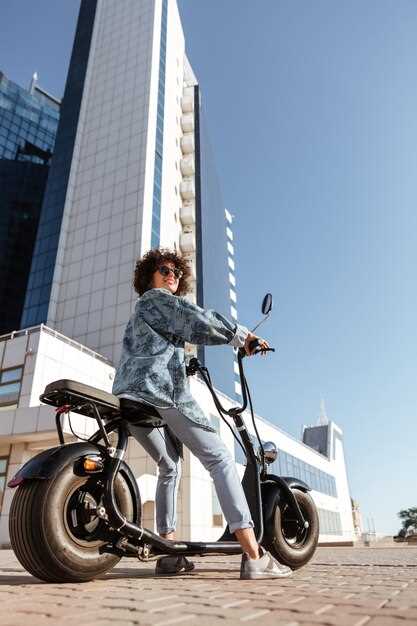
The rise of electric vehicles (EVs) is transforming the motorcycle market, providing eco-friendly options that don’t compromise on style or performance. As we approach 2025, an increasing number of manufacturers are entering the electric motorcycle space, making it more accessible for budget-conscious riders. With a growing emphasis on sustainability, affordable electric motorcycles present a promising solution for those looking to reduce their carbon footprint.
In this article, we will explore some of the top affordable electric motorcycles available in 2025. These models offer a perfect blend of cost-effectiveness, innovative technology, and impressive performance. Whether you’re a commuter seeking a reliable daily ride or an enthusiast yearning for a thrilling experience, there’s a budget-friendly electric motorcycle that caters to your needs.
As the electric motorcycle market continues to evolve, it is essential to understand the key features that make these bikes attractive to potential buyers. From battery life and charging times to design and safety features, we will provide a comprehensive overview of what to expect in the realm of affordable EV motorbikes. Join us as we delve into the exciting world of electric motorcycling, where the future is both affordable and electrifying.
Best Budget Electric Motorcycles Under $10,000
As the market for electric motorcycles continues to expand, many riders are seeking affordable options that deliver both performance and value. Here’s a list of some of the best budget electric motorcycles available for under $10,000, perfect for those looking to transition to electric without breaking the bank.
One notable model is the Revolt RV400. With an ex-showroom price around $1,200, this motorcycle offers an impressive range of up to 150 km on a single charge. Its lightweight design and engaging performance make it a solid choice for urban commuting, all while maintaining affordability.
The Zero FX is another excellent option, priced at approximately $8,000. With off-road capabilities and a powerful electric motor, this motorcycle provides a unique riding experience. The FX model strikes a great balance between performance and price, appealing to adventure seekers.
For those who appreciate retro aesthetics, the Super Soco TC Max fits the bill with a price tag under $4,000. With its classic design and electric efficiency, it is perfect for city dwellers looking to combine style with eco-friendliness. The TC Max boasts a range of about 60 miles, making it practical for short daily commutes.
Another worthy contender is the Onex One, available for around $2,000. This electric motorcycle offers a compact design and has a top speed of 30 mph, making it ideal for college students or those navigating congested city streets. Its affordability and ease of use make it one of the best budget options on the market.
Finally, consider the Sondors Metacycle, which is slated for release in 2025 with a projected price of under $5,000. With a unique design and modular battery system, this motorcycle has gained attention for its innovative features and potential range of up to 80 miles, making it a versatile choice for many riders.
When looking for a budget electric motorcycle under $10,000, it’s essential to evaluate your riding needs and preferences. The options listed above not only provide solid performance and functionality but also exemplify the evolving landscape of affordable electric transportation.
Comparative Analysis of Range and Performance for Affordable Models

In the evolving landscape of electric motorcycles, affordability has become a crucial factor for potential buyers. For 2025, a number of budget models stand out due to their compelling range and performance capabilities. This analysis delves into these attributes, focusing on the best affordable options available.
The range of an electric motorcycle is primarily determined by its battery capacity and efficiency. For budget models, the average range typically falls between 70 to 120 miles on a single charge. For instance, the Zero FXE provides approximately 100 miles in the city, making it suitable for daily commutes. In contrast, the Revolutionary Electra, another affordable contender, boasts a slightly lower range of 80 miles, but compensates with faster charging times.
Performance metrics such as acceleration and top speed are also vital for evaluating electric motorcycles. Most budget models exhibit a top speed ranging from 70 to 90 mph. The Brutus V9, for example, offers a thrilling acceleration that allows riders to reach 60 mph in just under 4 seconds, which is impressive for its price point. On the other hand, the Super Soco TC Max excels in urban environments, with agile handling that enhances maneuverability but has a lower top speed of around 65 mph.
Charging times are another essential consideration. While most budget models take around 4 to 8 hours for a full charge using standard outlets, some offer rapid charging capabilities. The Harley-Davidson LiveWire One can achieve an 80% charge in just over an hour at specialized charging stations, making it appealing for riders who anticipate frequent longer rides.
In conclusion, comparing the range and performance of affordable electric motorcycles reveals a diverse marketplace where each model has its strengths. Depending on individual preferences–be it longer range, impressive acceleration, or quick charging options–budget-conscious riders will find various suitable choices for their needs in 2025.
Cost of Ownership: Maintenance and Charging Expenses Explained

When considering an electric motorcycle as an affordable alternative in 2025, understanding the cost of ownership, including maintenance and charging expenses, is essential. Electric vehicles (EVs) offer a unique set of advantages, particularly in terms of operational costs, compared to traditional gasoline-powered motorcycles.
One of the primary benefits of owning an electric motorcycle is lower maintenance costs. Electric motors have fewer moving parts than internal combustion engines, which reduces the need for frequent repairs. There are no oil changes, fuel filters, spark plugs, or timing belts to worry about. Most electric motorcycles require periodic checks on the battery, brake pads, and tires, making maintenance simpler and less expensive over time.
Charging expenses are another crucial aspect of ownership. The cost of electricity varies, but on average, charging an electric motorcycle is significantly cheaper than fueling a gas bike. Depending on local electricity rates, it might cost only a few cents per kilowatt-hour to fully charge the battery. This translates to a small fraction of the cost of gasoline over time, leading to substantial savings for riders.
Additionally, many locations offer incentives such as free charging stations, further reducing costs. It’s essential for potential owners to consider the availability of charging infrastructure in their area, as this can impact overall convenience and expenses.
In summary, while the initial purchase price of an electric motorcycle may vary, the long-term savings from lower maintenance and charging expenses make them an attractive choice for budget-conscious riders in 2025.

